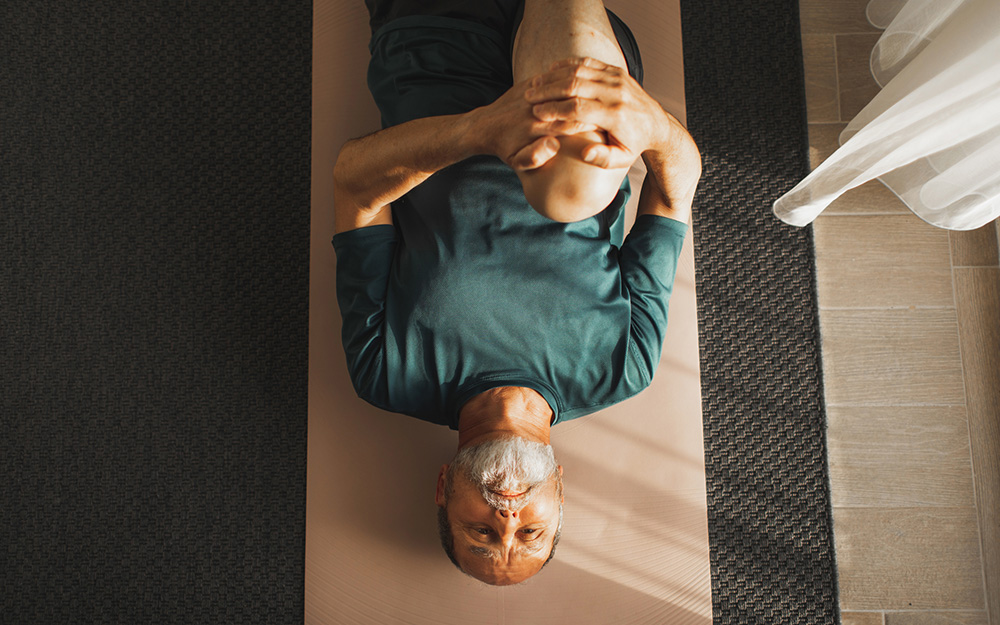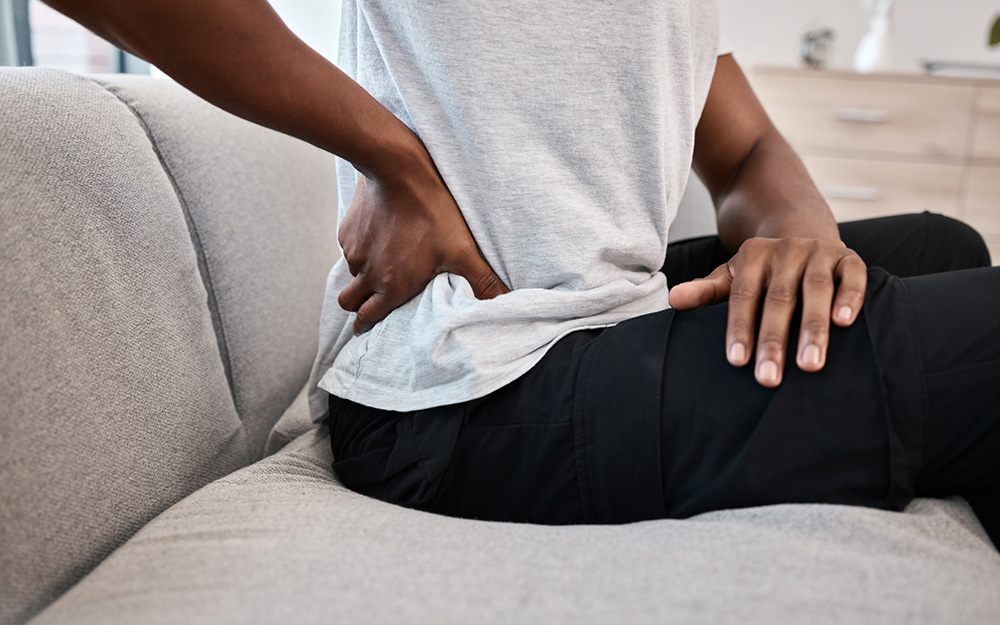Bad Posture in Teens: An Innovative Fix
Date
September 30, 2022
Credits

Date
September 30, 2022
Credits
Medical providers featured in this article
In Brief
{{cta-block}}
Good posture won’t fix all your problems, but bad posture can create a few.
Even in teens, chronic slouching can lead to a visibly rounded “humpback” that can be painful and can worsen enough to require surgery. And though bad posture is an age-old teen malady as common as crooked teeth and acne, the problem may have been aggravated in recent generations by ever-increasing smartphone and computer use.
“If there is a way to avoid surgery, we do that at all costs."
Fortunately for teens and the parents desperate to straighten their slumps, kyphosis—the rounding of the spine due to poor posture—can be reversed.
Dr. David Skaggs, director of Pediatric Orthopaedics at Cedars-Sinai Guerin Children’s, is treating bad posture in teens with a simple yet novel corrective strategy that seems to work: static stretching with a foam roller. Here, Dr. Skaggs shares more about the technique and how to motivate teens to use it.
{{providers}}
Ruling Out Spine Problems
Postural kyphosis happens when a person’s regular hunching forward stretches muscles and ligaments, pulling the spine out of its normal curvature and into an unnaturally rounded shape.
More serious conditions, such as trauma and spinal deformities, also can cause kyphosis, so teens should be evaluated if parents suspect they have a posture problem, Dr. Skaggs says. Seek out a physician who uses low-dose imaging to guide diagnosis and treatment.
Static Stretching
For teens who have or are headed toward postural kyphosis, Dr. Skaggs and his team recommend a passive stretch on a 6-inch diameter foam roller. Teens lie on the ground atop a perpendicular foam roller at their midback.
Dr. Skaggs asks teens to do the exercise for one minute a day at least four days a week. He stresses that consistent, long-term practice can help teens stand up straighter. The positioning of the roller across the spine is important, so teens should come in for an office visit to learn how to do it properly.
Dr. Skaggs is studying the technique and its impact on teens’ posture. He hopes to eventually demonstrate that when done consistently for six months, the method can improve alignment and squash future posture problems.
“If there is a way to avoid surgery, we do that at all costs,” Dr. Skaggs says. “Patients and their families are seeking nonsurgical options.”
Motivation for Teens
A degree of psychological finesse can help any doctor or adult motivate a teen to action—especially when the teen is prescribed an awkward stretch that can feel funny at first.
Dr. Skaggs and his staff empower their teen patients to choose to do the exercise by asking parents to promise not to nag as long as their teens promise to do the stretch. Dr. Skaggs also suggests that teens should have their own foam roller for their use alone, to promote independent adherence.
Posture for Confidence
Dr. Skaggs admits that in most cases, bad posture may not lead to anything more dangerous than even worse posture—but shares with his teen patients that good posture sends positive social signals that can have important effects.
"Teens care about how they look, and moms and dads care 10 times more," he says. "If you’re the person leaning over, you might be judged differently—you want to make the right first impression on dates and job interviews by standing upright and confidently."






